PROTECT YOUR DNA WITH QUANTUM TECHNOLOGY
Orgo-Life the new way to the future Advertising by AdpathwayWhy would you want to use a short-lived perennial instead of a long-lived one? Well, for starters, short-lived plants tend to be quick growers. They fill empty spaces with their lush foliage and ample blooms.
Others are treasures for their interesting colors, shapes, and sizes. Dwarf plants, hybrids, and cultivars trade longevity for flower power. They’re perfect for tucking into bare soil in borders, beds, and planters.
Whether you need stunning blooms or quick growth, there’s sure to be an option on this list for you. Try one of these 11 short-lived perennials to fill your garden with beauty.
Purple Coneflower Echinacea

Purple Coneflower Echinacea Seeds

Nudicaule Blend Iceland Poppy

Nudicaule Blend Iceland Poppy Seeds
Pansy
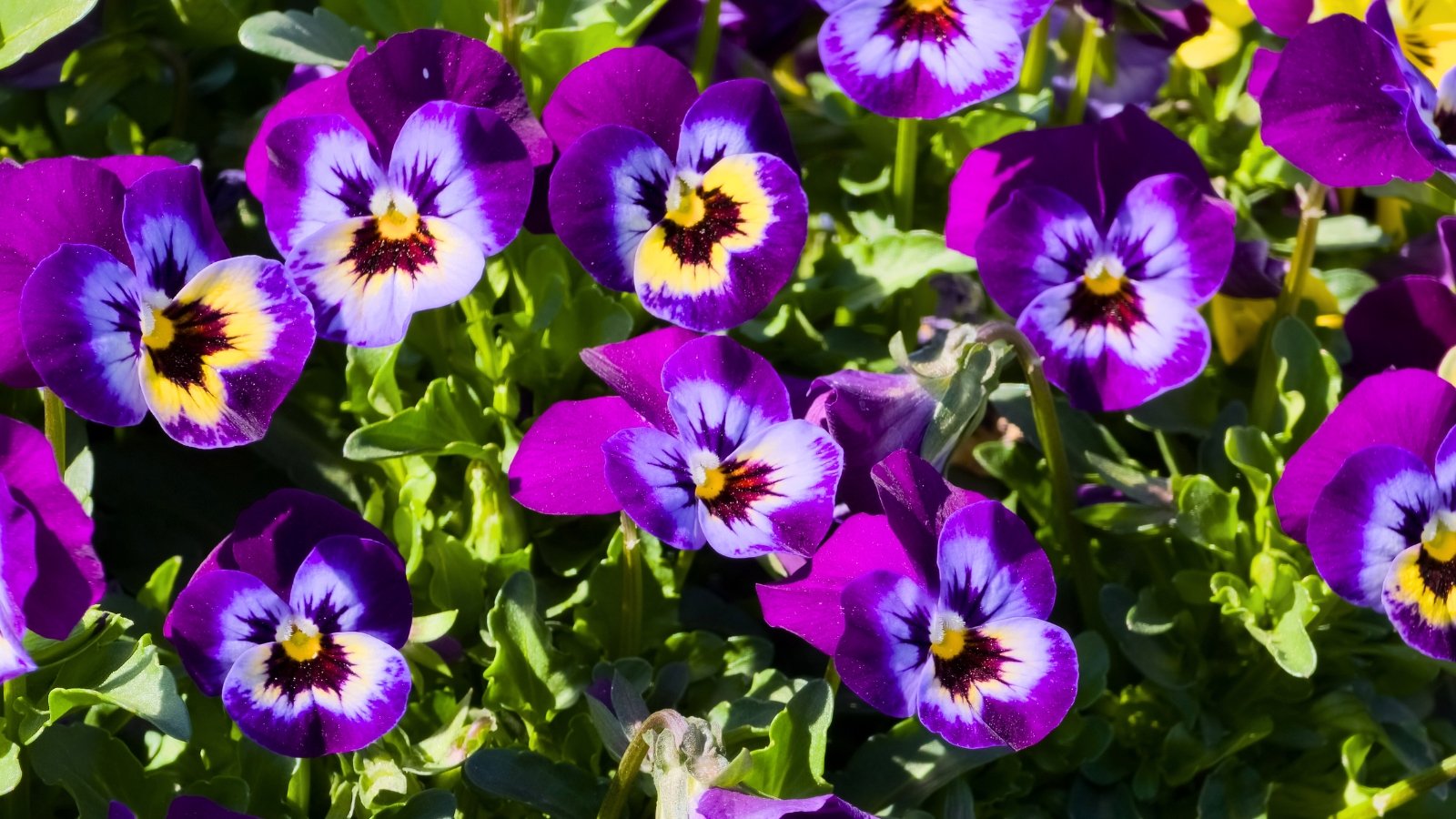 Needs shade and cool temps to thrive beyond spring.
Needs shade and cool temps to thrive beyond spring.Pansies are cute, short-lived perennials with large blooms and rich, green leaves. They come in many colors, from white and blue to purple and yellow. Find them available at garden centers and plant nurseries in fall and spring when cool weather is abundant.
You may also sow pansy seeds yourself. Try a mix for multiple colors, like the ‘Swiss Giants Blend.’ Or, consider an elegant white-blue blend like ‘Got the Blues.’
Pansies are hybrid cultivars in the Viola genus. They’re more short-lived than other Viola plants, and they need protection from intense heat and sun to survive the summer. Grow them in partial shade, or use them as cool-season annuals during fall, winter, and spring.
Sweet Alyssum
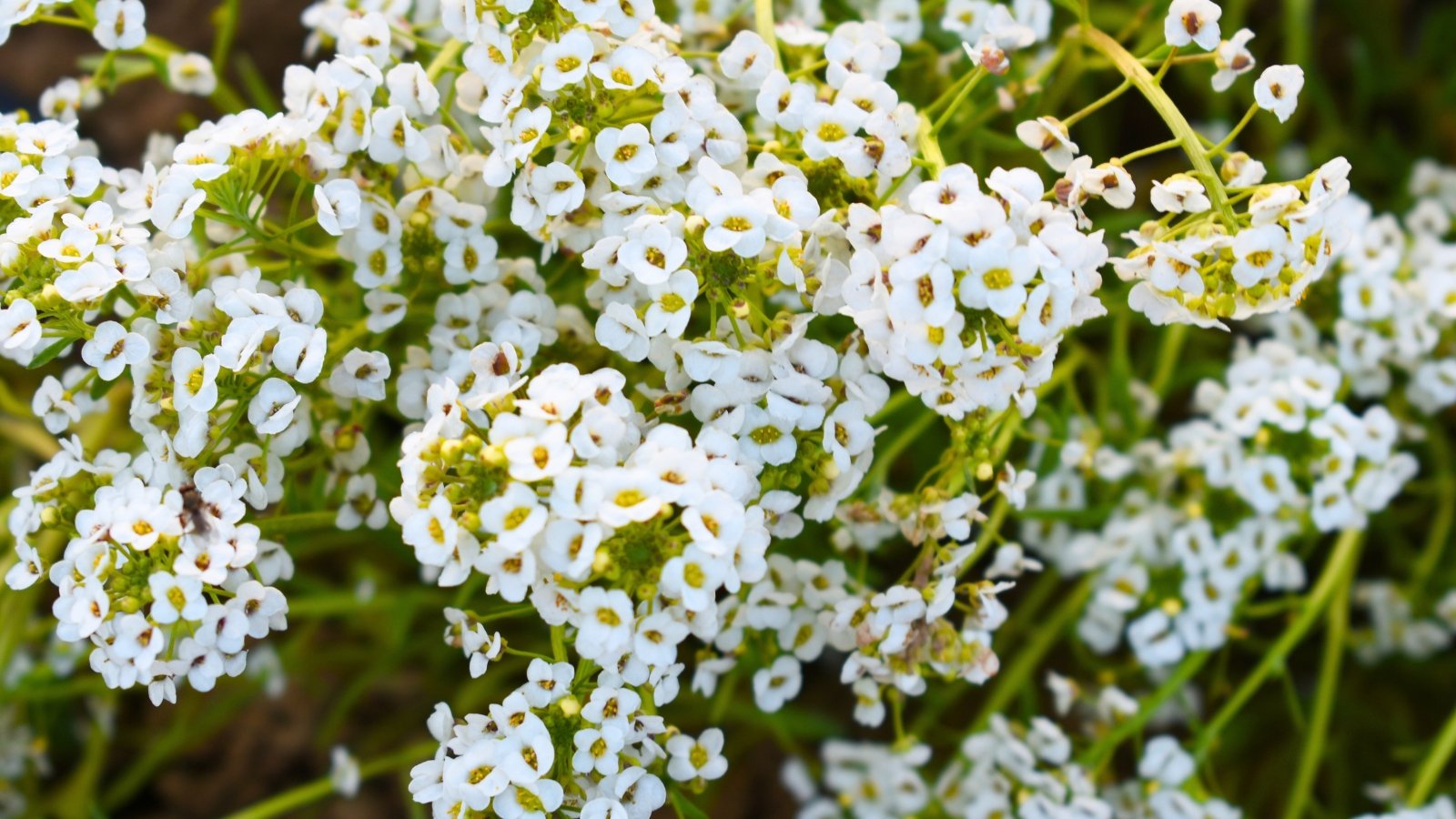 Self-sows easily after one season of bloom.
Self-sows easily after one season of bloom.Grow sweet alyssum for the bees! You’ll see dozens of these little insects all over your flowers. Sweet alyssum is a low-growing spreader with clusters of tiny blooms on its stem tips.
Most gardeners grow this short-lived perennial as an annual. Its quick growth and ample blooms are ideal in containers, beds, borders, and planters.
After a year, this perennial will grow leggy and look less lush. You may prune it back to promote fresh growth, or pull it up and let its seedlings grow. Alyssum readily self-sows. If the original plant dies, you’ll have a wealth of seedlings to replace it.
Purple Coneflower
 Needs protection from winter rain outside its native range.
Needs protection from winter rain outside its native range.This U.S. native plant is an essential perennial in the pollinator garden. It feeds butterflies, moths, and bees with its nectar and pollen, and birds love its seeds. Plant it alongside sunflowers, blanket flowers, and tickseeds for a gorgeous presentation.
As a short-lived perennial, purple coneflower tends to die during wet, cold winters. It’s hardy in its native range of the Midwest and Great Plains. Outside of its range, it needs some protection to survive year to year.
This native wildflower is winter hardy from zones 3 through 8. Consider planting purple coneflower under an awning or roof to protect it from winter rains. Snow is less harmful, as it insulates the roots during the cold months.
Delphinium
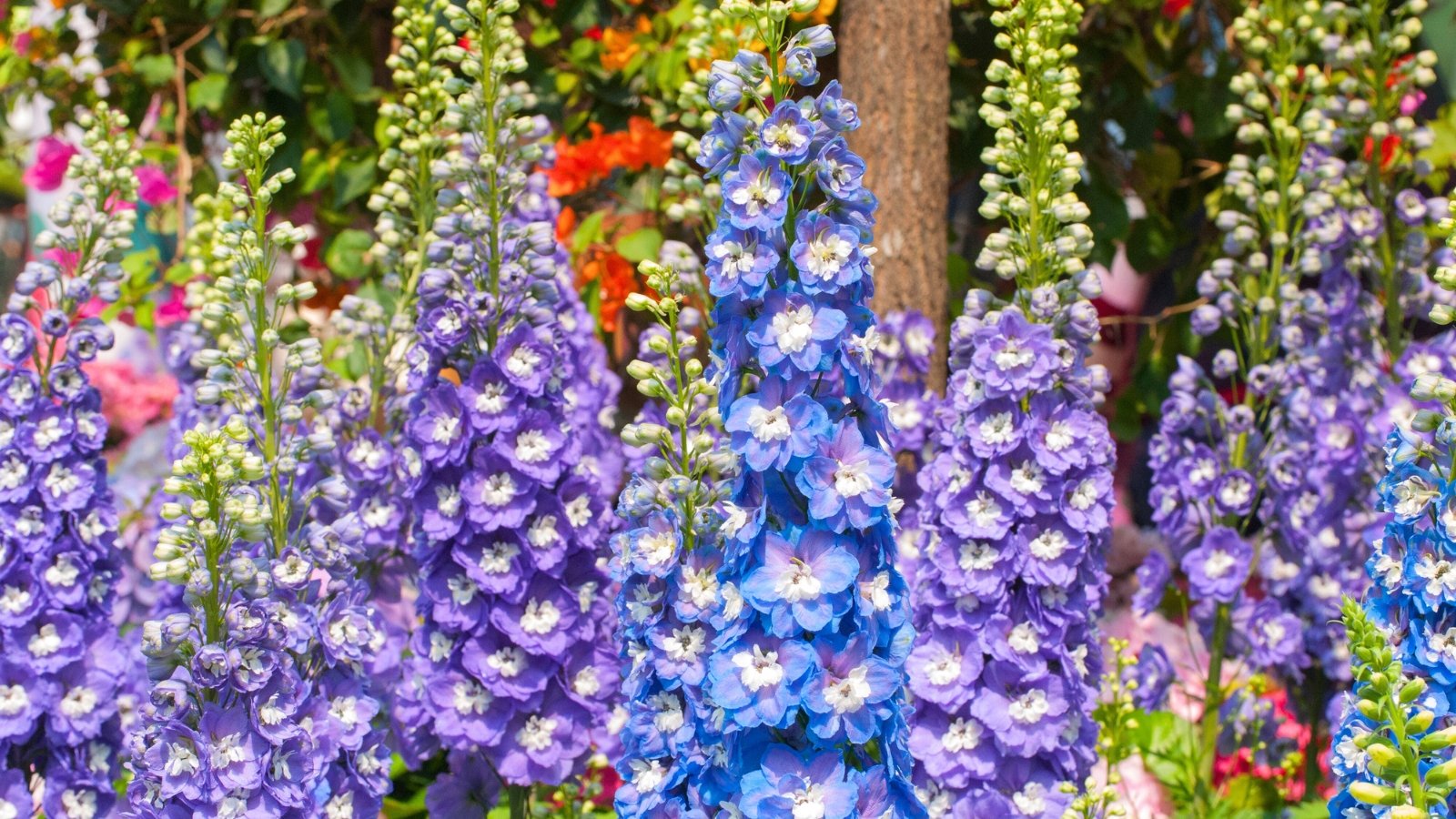 Hybrids are short-lived—try natives for better longevity.
Hybrids are short-lived—try natives for better longevity.Delphiniums are also native to the U.S.! Some species originate from Africa, Europe, and parts of Asia. Find these medium-growing wildflowers with blooms in many shades of blue. Some special types have red, white, or purple flowers.
As there are more than 500 delphinium species, the range of options you have to choose from is seemingly endless. Select a native delphinium, like scarlet larkspur, or opt for a hybrid from a local plant nursery. There are annuals, perennials, and biennials.
Note that hybrid delphiniums are less hardy than the many species. They’re gorgeous, unique, and tall, yet they may not survive longer than a year. Opt for a local, native delphinium if you’re looking for a longer living perennial.
Columbine
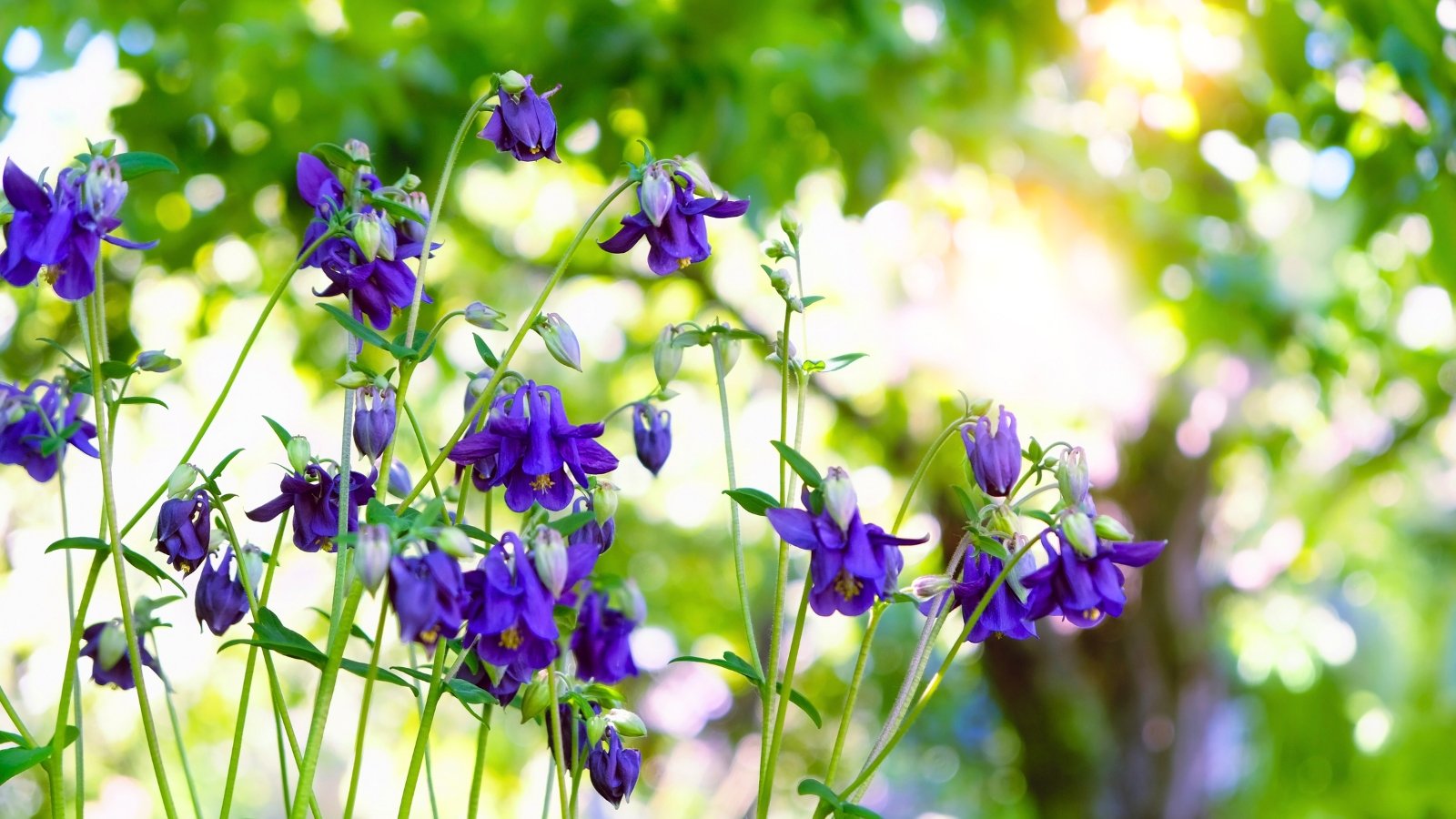 Spreads by seed after a few short-lived seasons.
Spreads by seed after a few short-lived seasons.Columbines are another group of U.S. native plants. They’re perennial, yet most of them won’t survive longer than three to four years. Grow them for their beauty and their wildlife value, as they feed hummingbirds and hungry pollinators with nectar.
Columbines make up for their short lives with tons of seeds. These seeds grow into new seedlings that fill the site with blooms. Let them grow for a wild meadow effect, or pull them up and transplant them in spring.
Pink
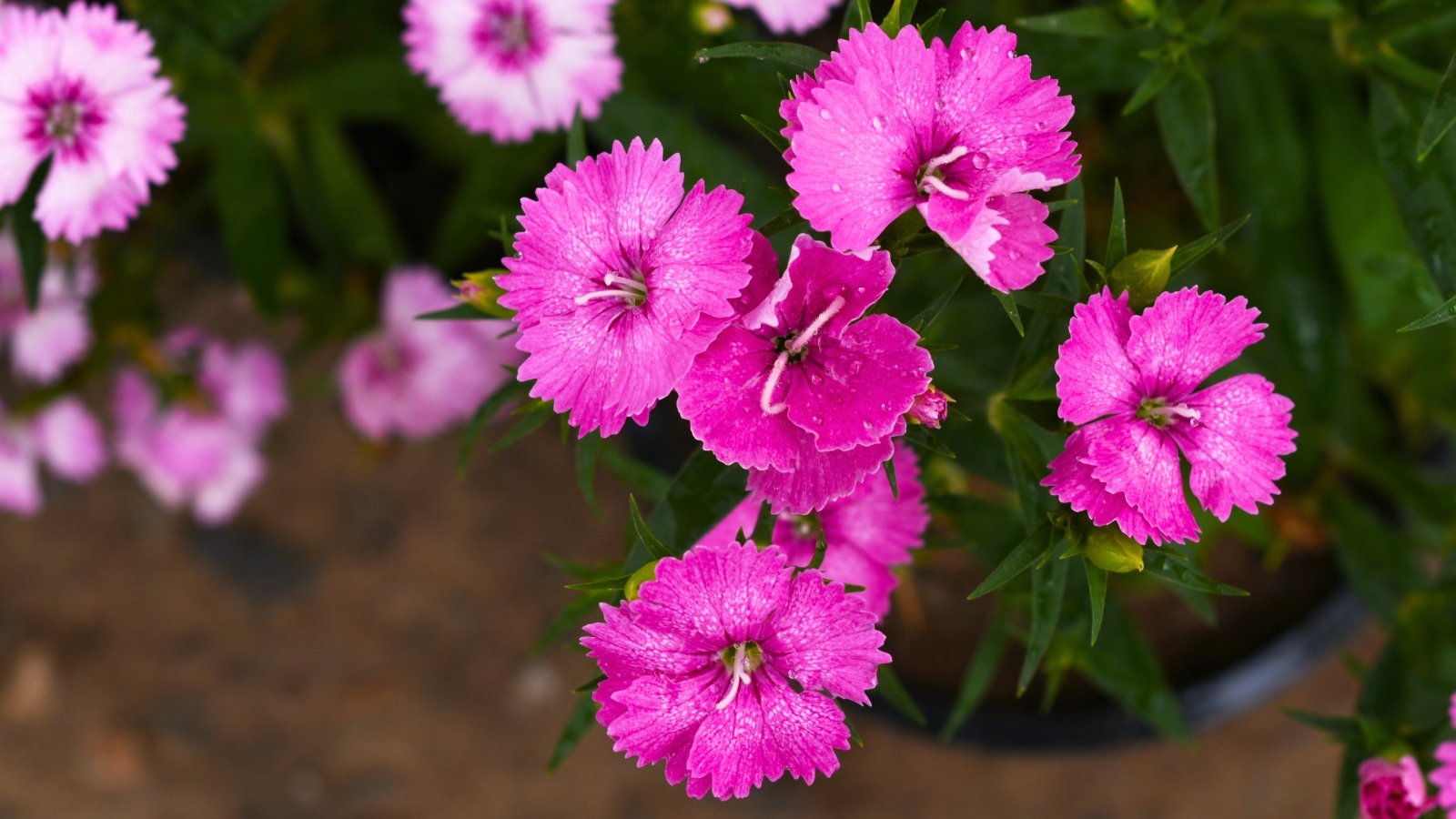 Deadhead often and replant yearly to extend bloom.
Deadhead often and replant yearly to extend bloom.Pinks are a group of perennials, biennials, and annuals in the genus Dianthus. Most of them form low-growing clumps of evergreen grass-like foliage. Their blooms emerge on taller stems in clusters at the tips.
Pinks’ main attraction is their spicy-smelling blooms. You’ll find varieties that have single or double-petalled flowers with frilly edges. They come in shades of pink, red, yellow, white, and orange, and they sprout from late spring through summer.
To continue the bloom period, deadhead your pinks throughout the year. These short-lived perennials need good drainage to survive, and they may not live many years in the garden. Sow seeds annually to provide a backup stock, just in case.
Blanket Flower
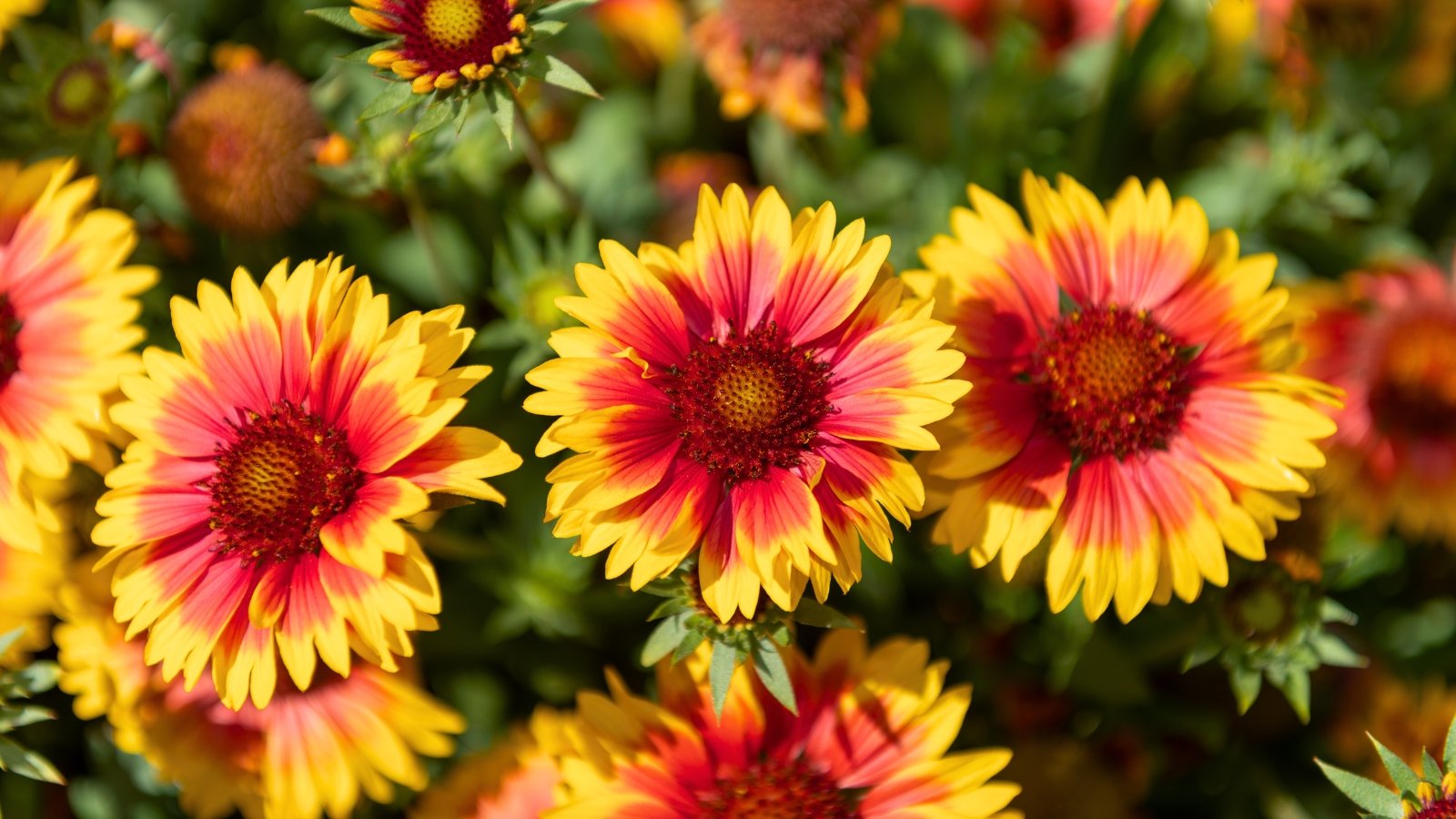 Hybrid vigor fades after a couple of strong seasons.
Hybrid vigor fades after a couple of strong seasons.Blanket flower blankets the ground with bright-colored blooms! It’s a quick-growing, profuse-blooming hybrid perennial that tends to be short-lived. There are many types of blanket flower—this hybrid is one of the most popular species.
Gaillardia x grandiflora is a hybrid between two blanket flowers, an annual and a perennial. Its parentage is the reason for its short survival. You’ll get a few years out of the plant before it starts to decline.
Find many varieties of this hybrid available. Go for a dwarf type in small spaces, like ‘Goblin.’ It features scarlet red and yellow flowers on low-sprouting stems. If you want a tall variety, opt for the garden stunner ‘Dazzler.’
Pincushion Flower
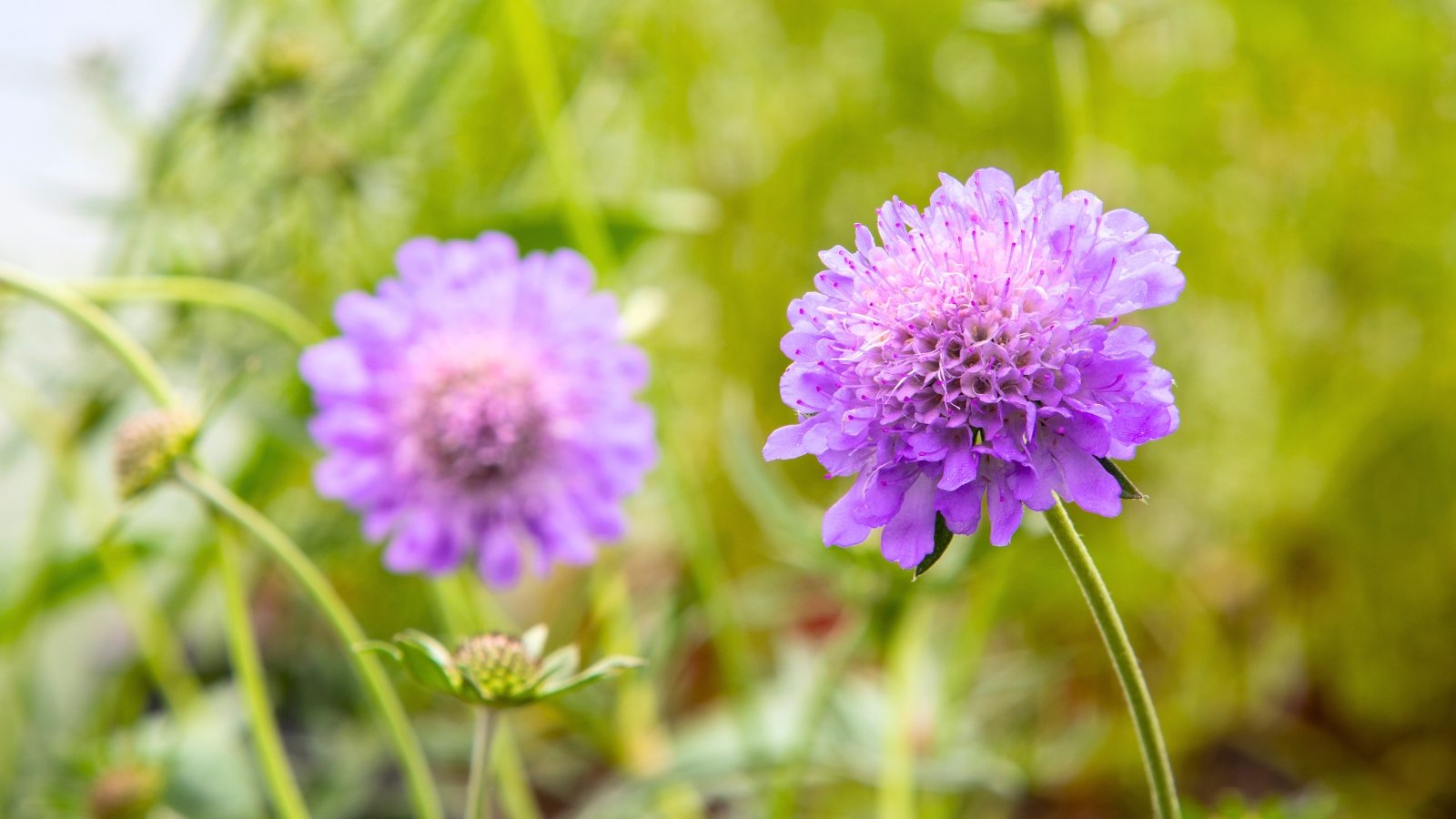 May not return unless winters stay mild.
May not return unless winters stay mild.Pincushion flowers have lacey blooms that resemble pincushions with needles inside. They’re exceptional paired with other bright perennials and annuals. A Mediterranean native species, the pincushion flower is relatively hardy and may tucker out after a few years.
This bushy plant may survive perennially in regions with mild winters and warm growing seasons. It’ll wither under frosty conditions, and it needs protection from harsh winter temperatures.
‘Fata Morgana’ is a choice variety. It features creamy white, multi-petalled blooms that shine under the summer sun. If you’re looking for pincushion-like blooms on a longer living plant, opt for other similar but hardy species like Scabiosa columbaria or Lomelosia caucasica.
Iceland Poppy
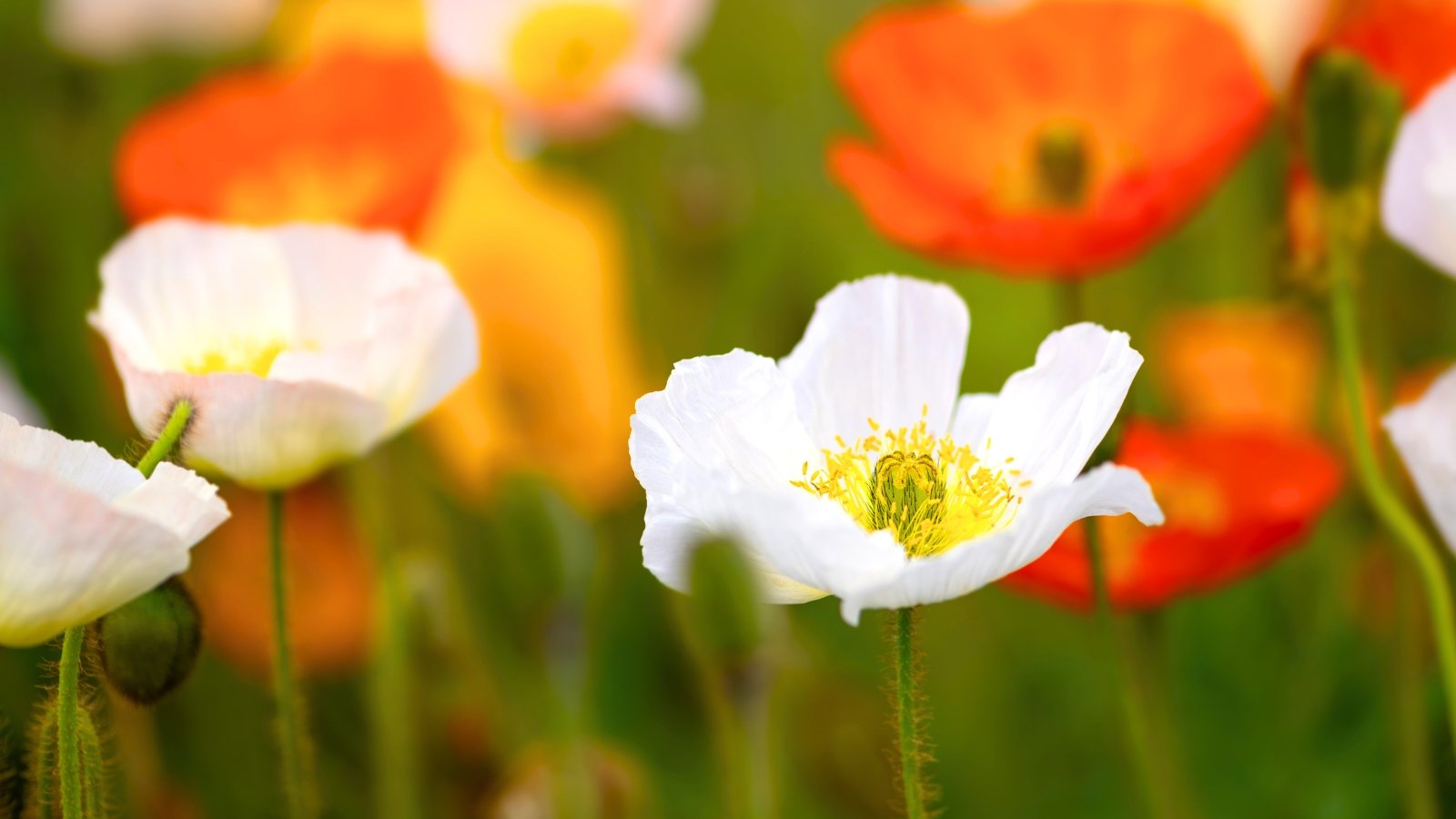 Short life but reseeds well in cold climates.
Short life but reseeds well in cold climates.Iceland poppies are native to parts of Alaska and are exceptionally frost-hardy. It’s in their name! Though they survive harsh winters, they tend not to live longer than three years as perennials.
For ample Iceland poppies throughout the yard, let your plants drop their seeds to the ground. They’ll likely germinate in fall or spring and overwinter in cold regions.
If they don’t sprout on their own, try saving the seeds. Collect them in the fall, store them in containers, and plant them in spring, a month before the last average frost date.
Russell Hybrid Lupine
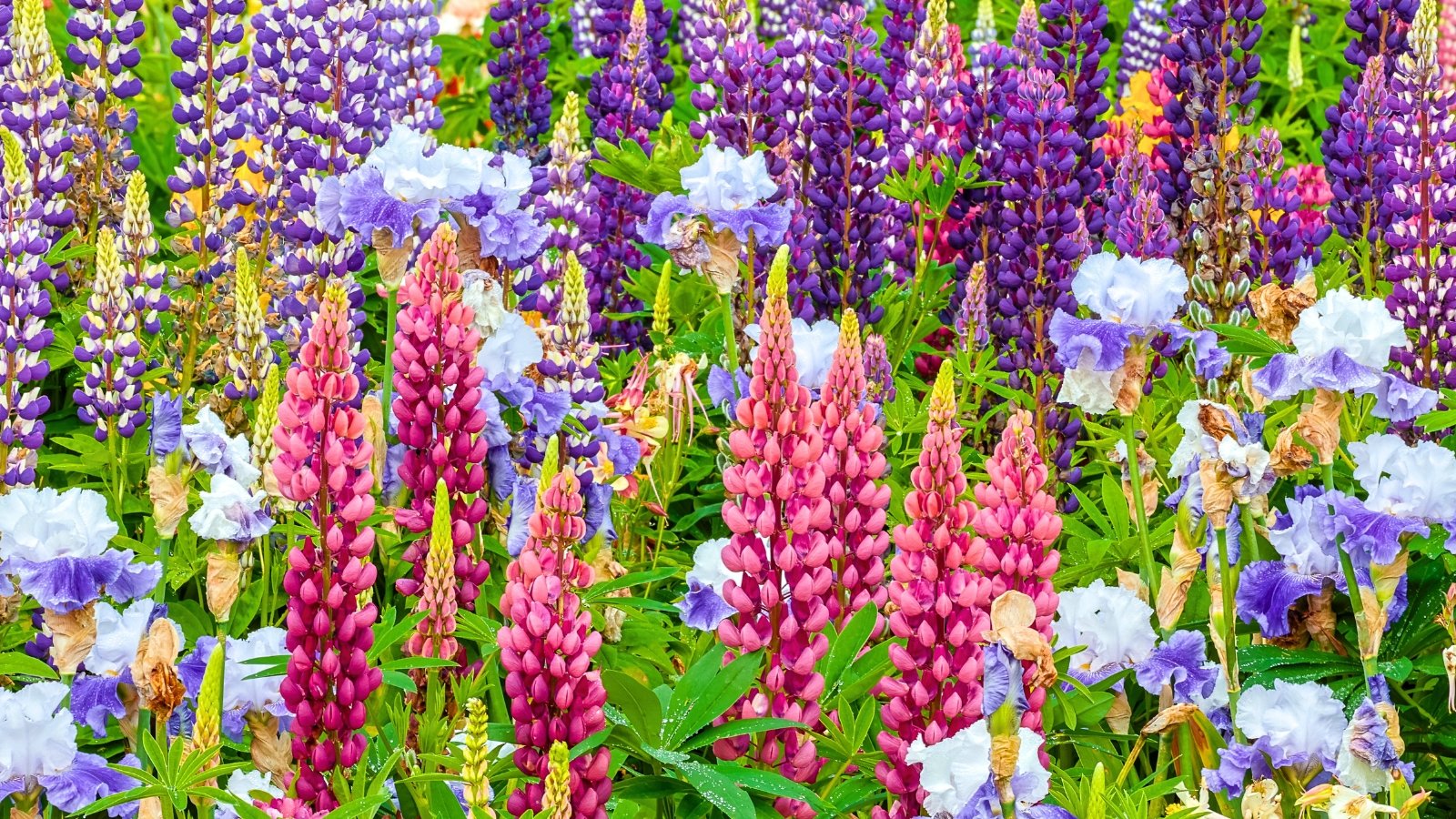 Gives bold blooms but fades after a few years.
Gives bold blooms but fades after a few years.Wild lupines are famously difficult to grow in the garden. There are annuals, biennials, and perennials, and many are native to the U.S. They prefer the natural conditions in their native range. In the garden, hybrid lupines are ideal for spectacular bloom power and vigorous performance.
Out of the hybrids, the Russell hybrids are some of the best of the bunch. Their flowering spikes are tall, dense, and colorful. Find them with white, pink, red, yellow, orange, blue, purple, and bicolor flowers.
As a payoff, the Russell hybrid lupines are more short-lived perennials than other hybrids and species. They tend to live for one to three years before tiring out. They’re meant to grow as summer annuals in gardens with rich, fertile soil.
Hybrid Tulip
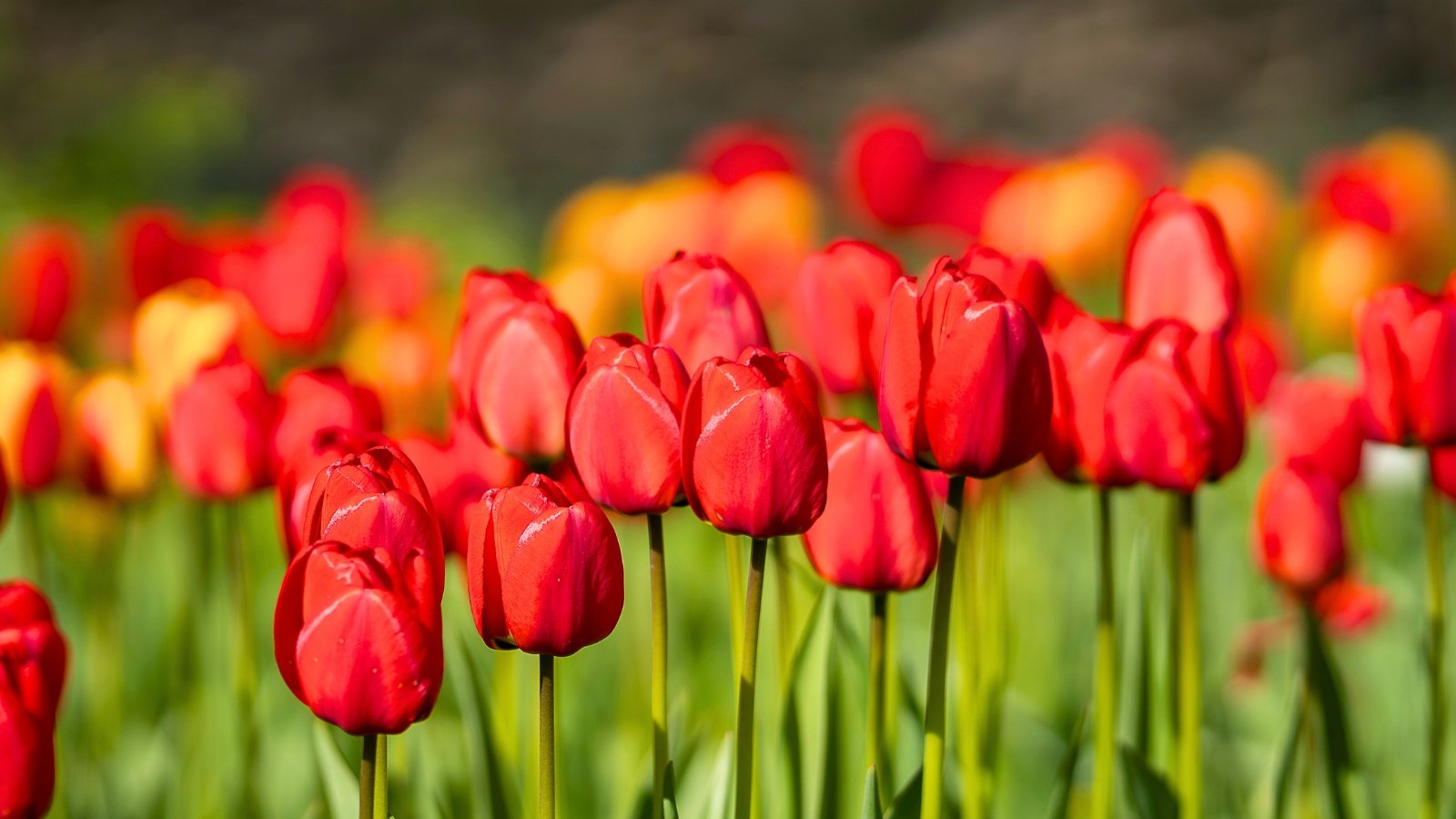 Offsets limit flowering unless bulbs are divided.
Offsets limit flowering unless bulbs are divided.Tulips are some of the oldest cultivated plants in the world! They’re a longtime favorite because of their rich variety. Some are simple and elegant, while others are frilly and wacky.
Hybrid tulips need plenty of winter cold to bloom prolifically in spring. They’ll fare well in gardens with winter chill. However, they’ll need refrigeration in warm zones before their spring planting.
Tulips grow smaller bulbs nearby that eventually bloom. The offsets take a while to mature and produce flowers, which is why you’ll notice declining performance over the years.
These offsets draw energy from the main plant. For best perennial performance, fertilize your tulips with organic fertilizer or compost before they bloom, and snip off their spent blooms before they form seeds.


 17 hours ago
11
17 hours ago
11
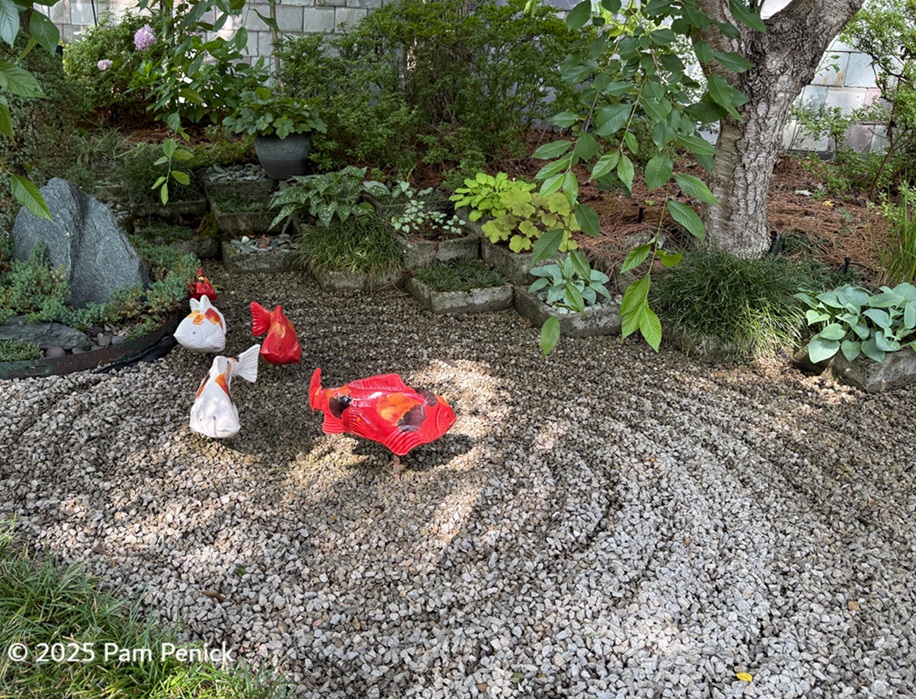
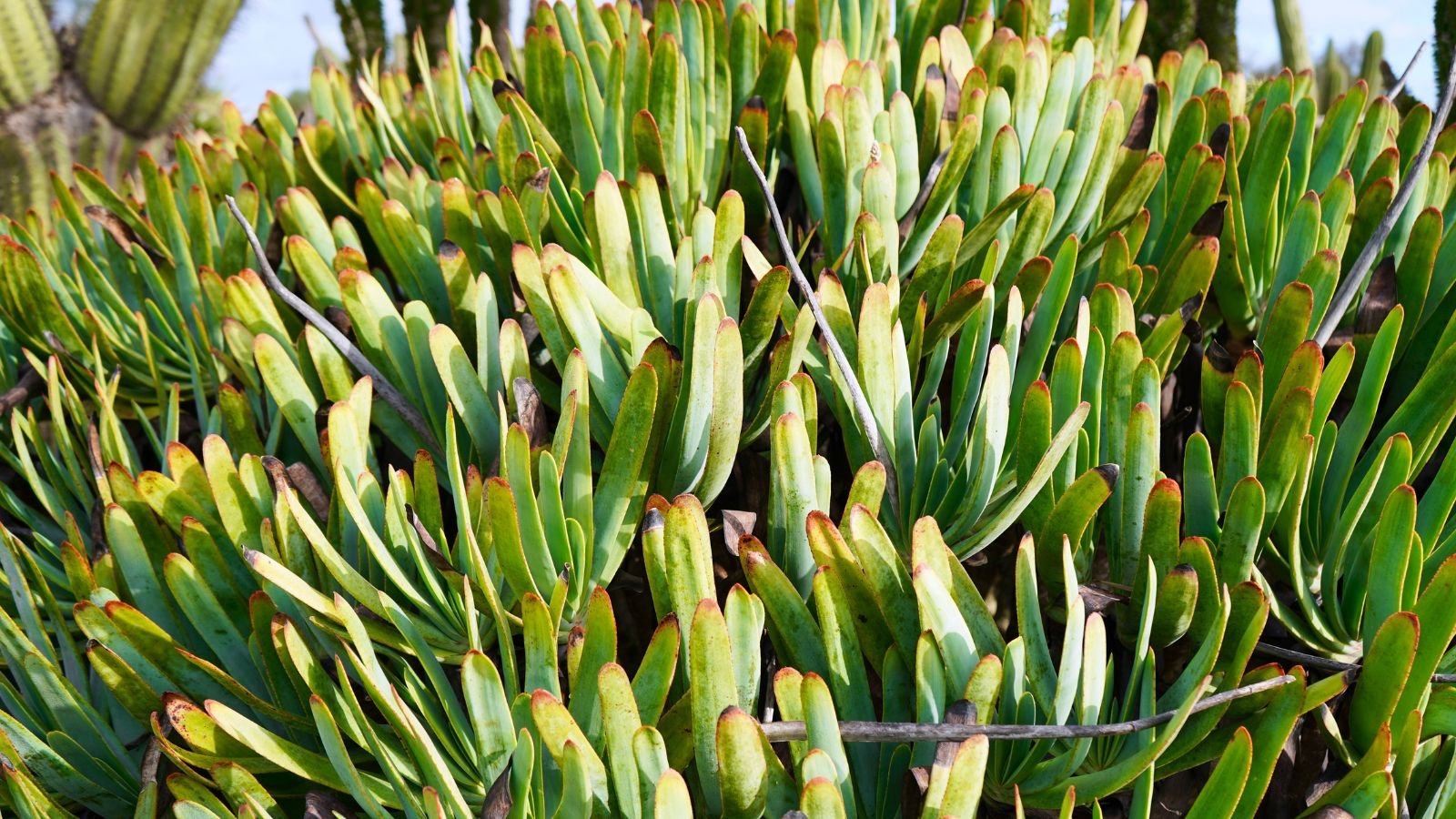



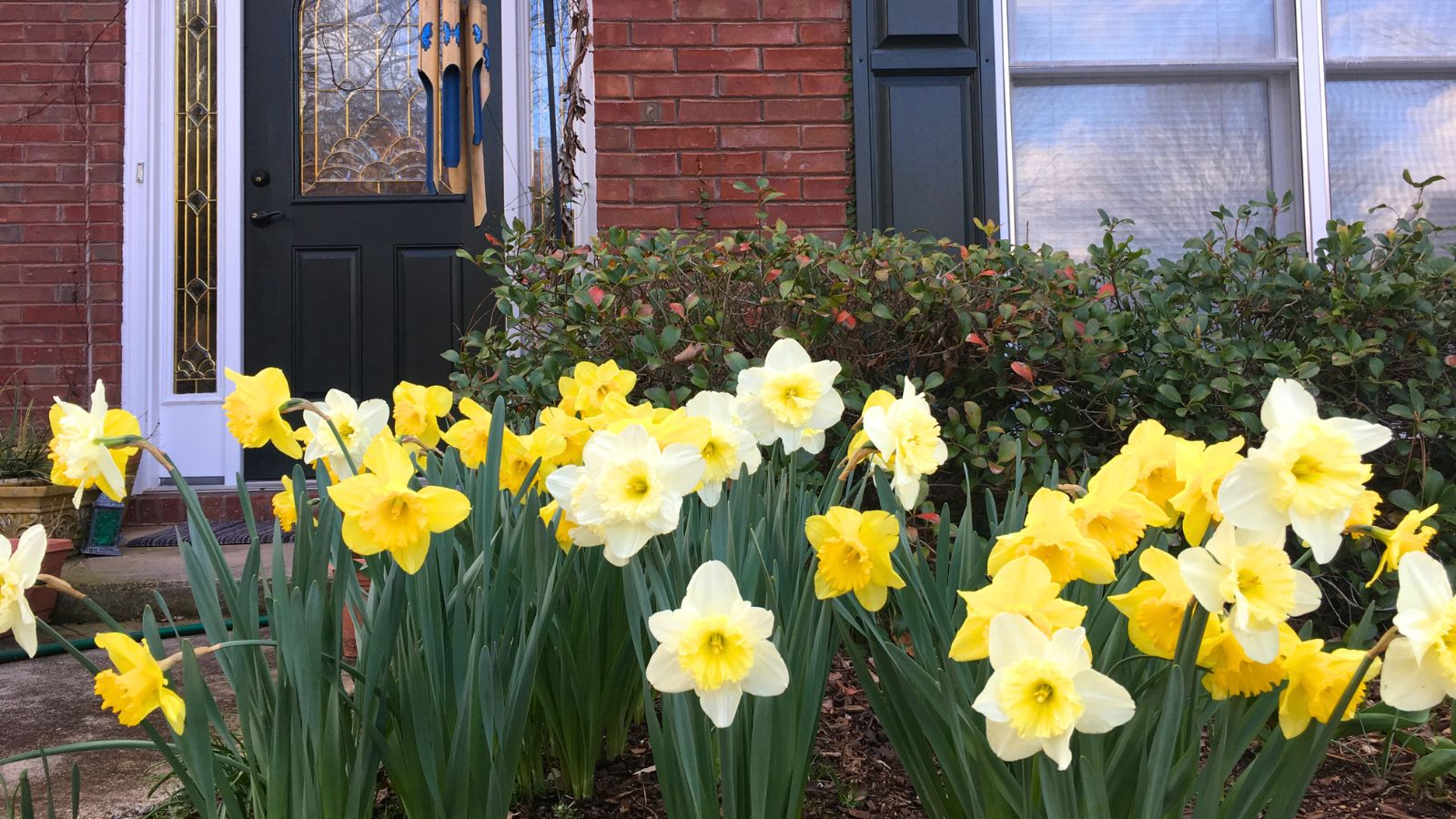















 English (US) ·
English (US) ·  French (CA) ·
French (CA) ·